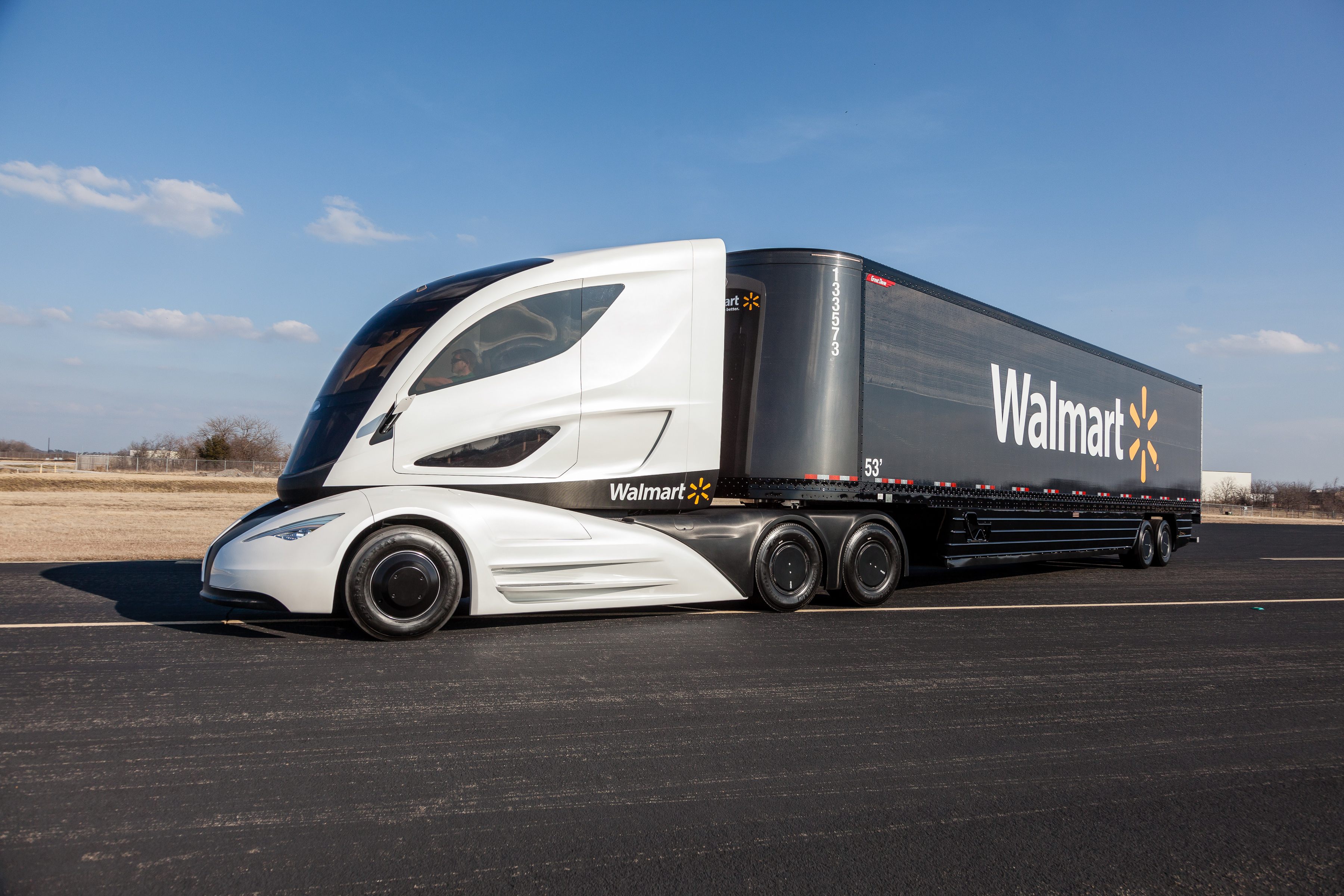The comparison of 3.70 mpdge for buses versus 6.01 mpdge for trucks already accounts for nearly all the differences in use. In my own Model S, for urban street driving I get about 0.34 kWh/mi, but in long distance freeway driving about 0.28 kWh/mi. So we should expect that semis will get much better mileage than transit buses.
I'm assuming you're referring to the electric versions of semi's versus transit buses here? If so, then I disagree with this. Specifically because the aerodynamic drag is significantly more of an issue with these large trucks than you'd see from regular passenger vehicles.
Some Cd numbers to reference:
Drag Coefficient
The force needed to accelerate a vehicle is:
F = ma + Rr + Fd (where m = mass of vehicle; a = acceleration - assuming 1m/s2; Rr = tire rolling resistance; Fd = aerodynamic drag force)
At low speeds, Fd is negligible and it's all about overcoming rolling resistance. At higher speeds, it's all about overcoming aero drag.
The formula for Fd is:
Fd = 0.5 * Cd * p * V^2 * A (where Cd = coefficent of drag; p = density of air; V = velocity; A = frontal area of vehicle)
You'll get constant velocity when the force for accelerating a vehicle equals the aero drag plus its rolling resistance.
Fd will be 36x higher @ 60mph versus just 10mph (at low speeds, aero drag is negligible compared to rolling resistance):
Fd @ 10mph = 0.5 * Cd * p * 100 * A
Fd @ 60mph = 0.5 * Cd * p * 3600 * A
For your model S with a Cd of 0.24 (which used 0.34kwh/mi in urban traffic), you would consume the same amount of energy at ~70mph:
If your model S magically got a Cd of 0.72 (drive with all the doors and hood open?), it would start consuming the same amount of energy (ignoring the difference in rolling resistance) at 41mph:
0.5 * 0.24 * p * 4900 * A = 0.5 * 0.72 * p * V^2 * A => V = 40.4 mph
The point being, for lower drag coefficients and lower frontal areas, you'll get a higher equilibrium speed where you'd consume less energy at that speed than crawling along in stop'n'go urban traffic. Any faster than that, and you'd consume more energy regardless (that's why autobahn has the superchargers spaced much closer together).
So for trucks with high Cd values, their equilibrium would be less than 41mph. With highway speeds being 55mph, those electric trucks would be consuming
more energy than an equivalent electric truck stuck in urban traffic.
Edit: All this doesn't mean that Tesla Semi won't have a positive impact against fuel consumption, because it will, but just not as big of an impact as transit busses would have. And definitely requiring more electricity in the process.
Edit 2: Just to complete out the thought. The reason the math above shows that electric transit busses would use less energy per mile than electric semi-trucks, thereby running counter to what NREL reports about fuel consumption for ICE transit busses and trucks, is because of the 3 factors that electric transit busses benefit from that electric long-haul trucks cannot take advantage of: regenerative braking, lower speeds, and lighter weight (for lower rolling resistance)




